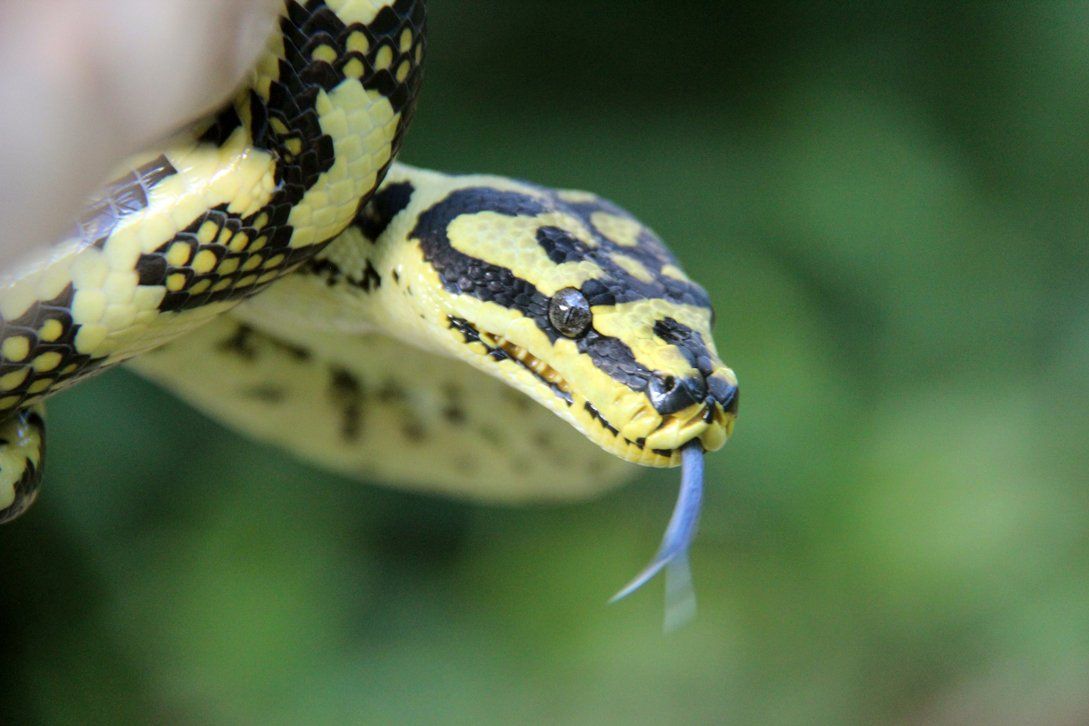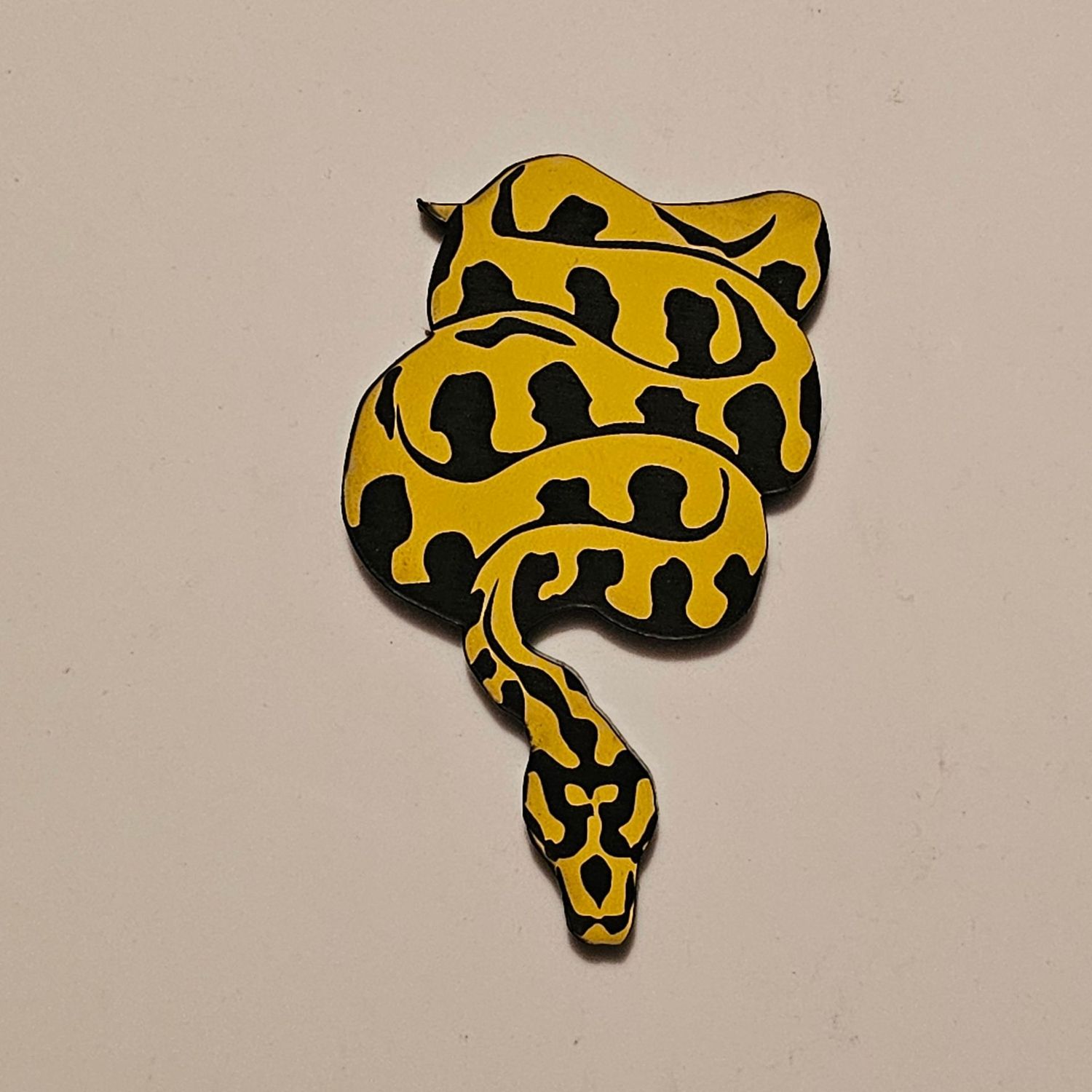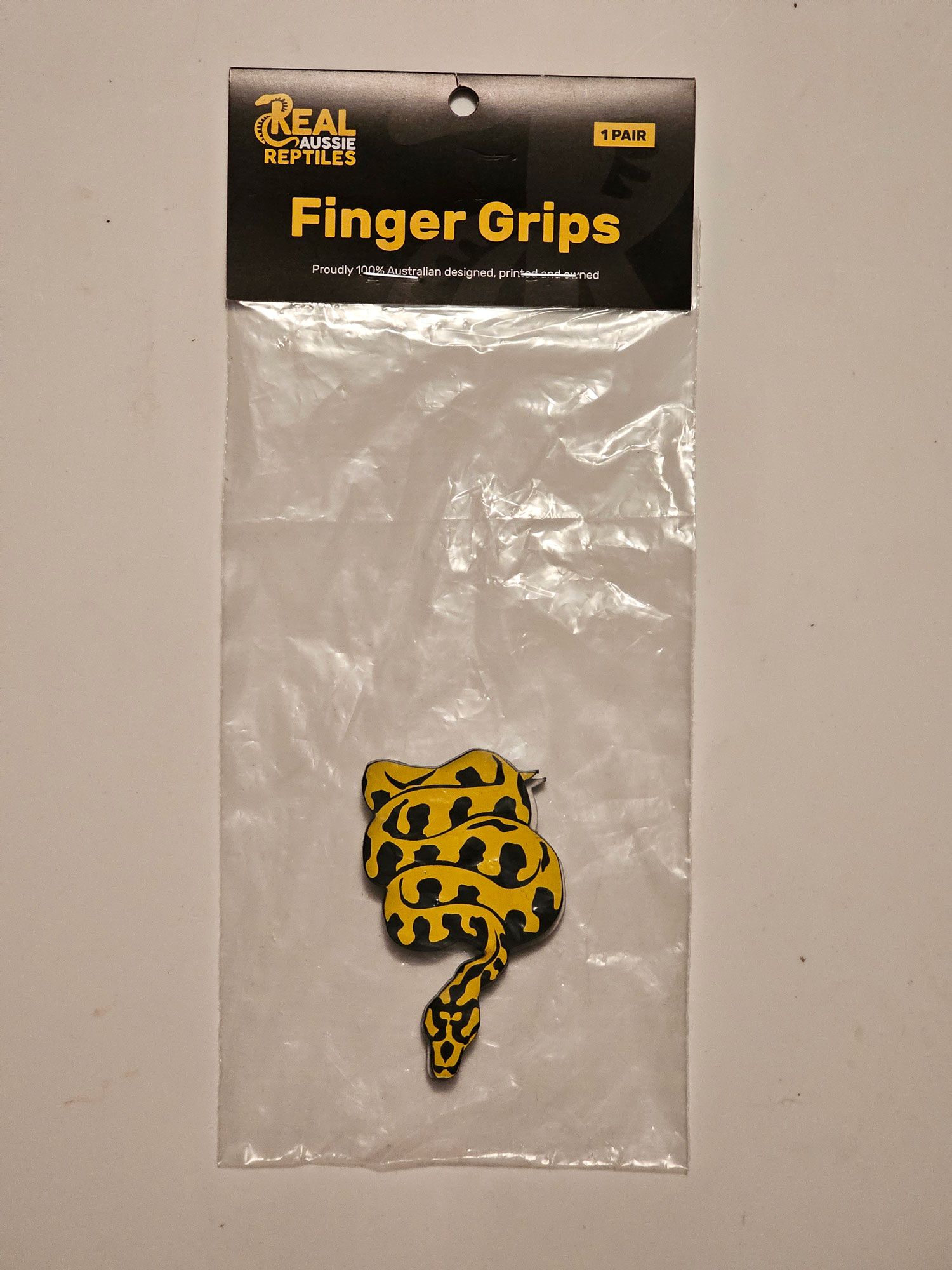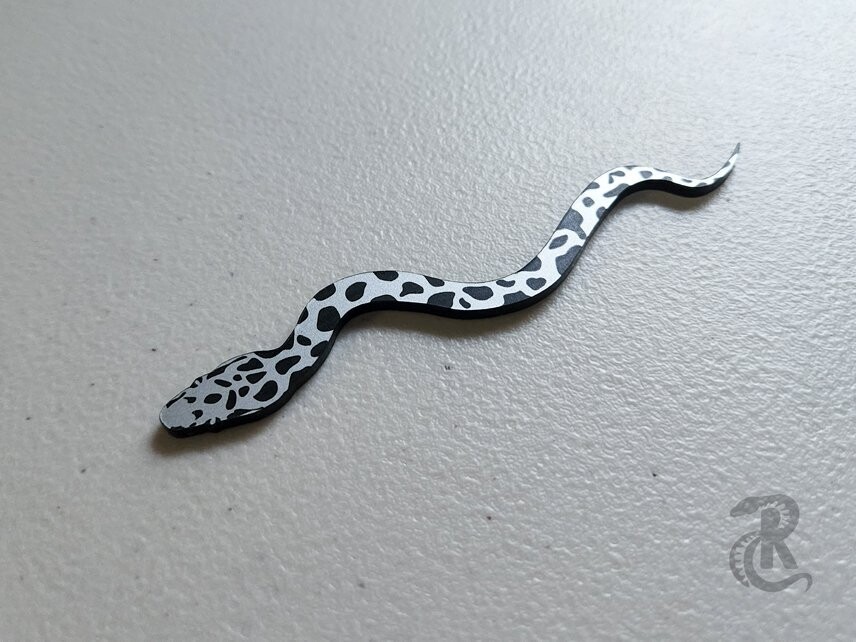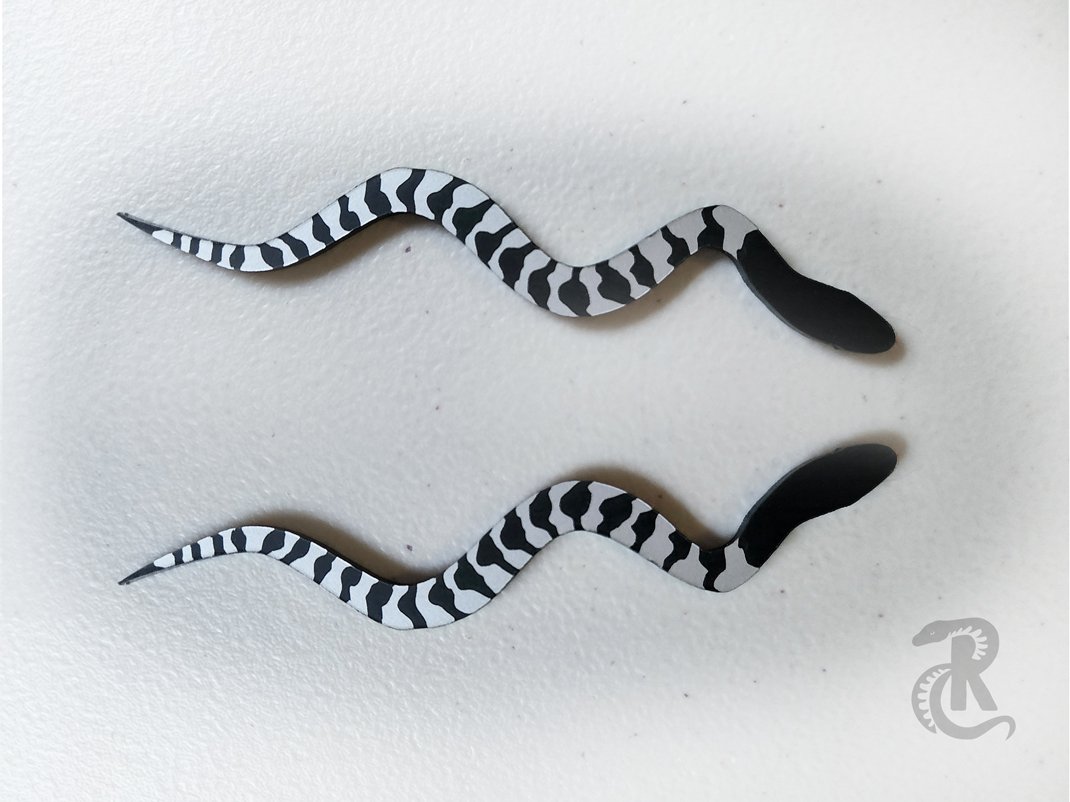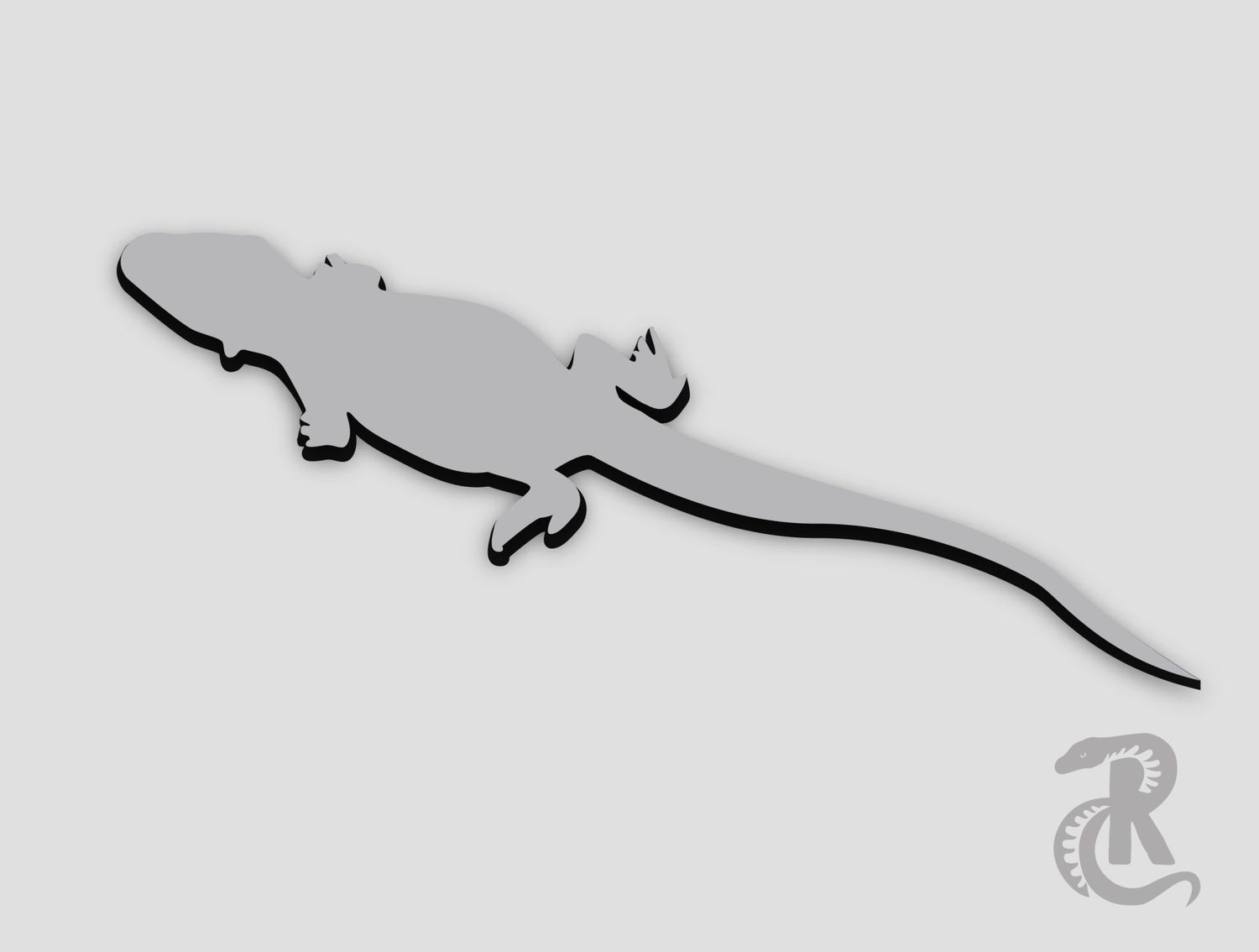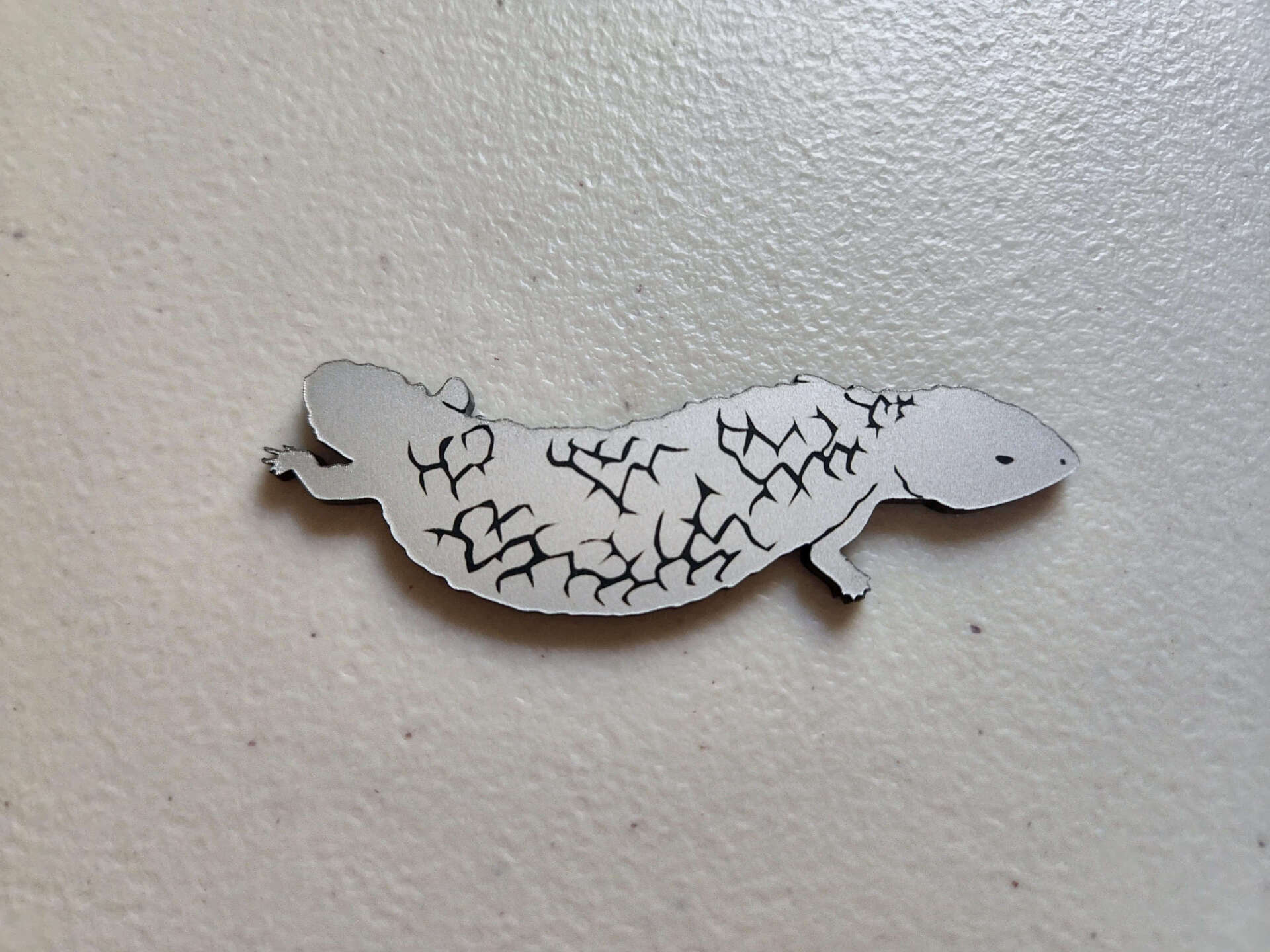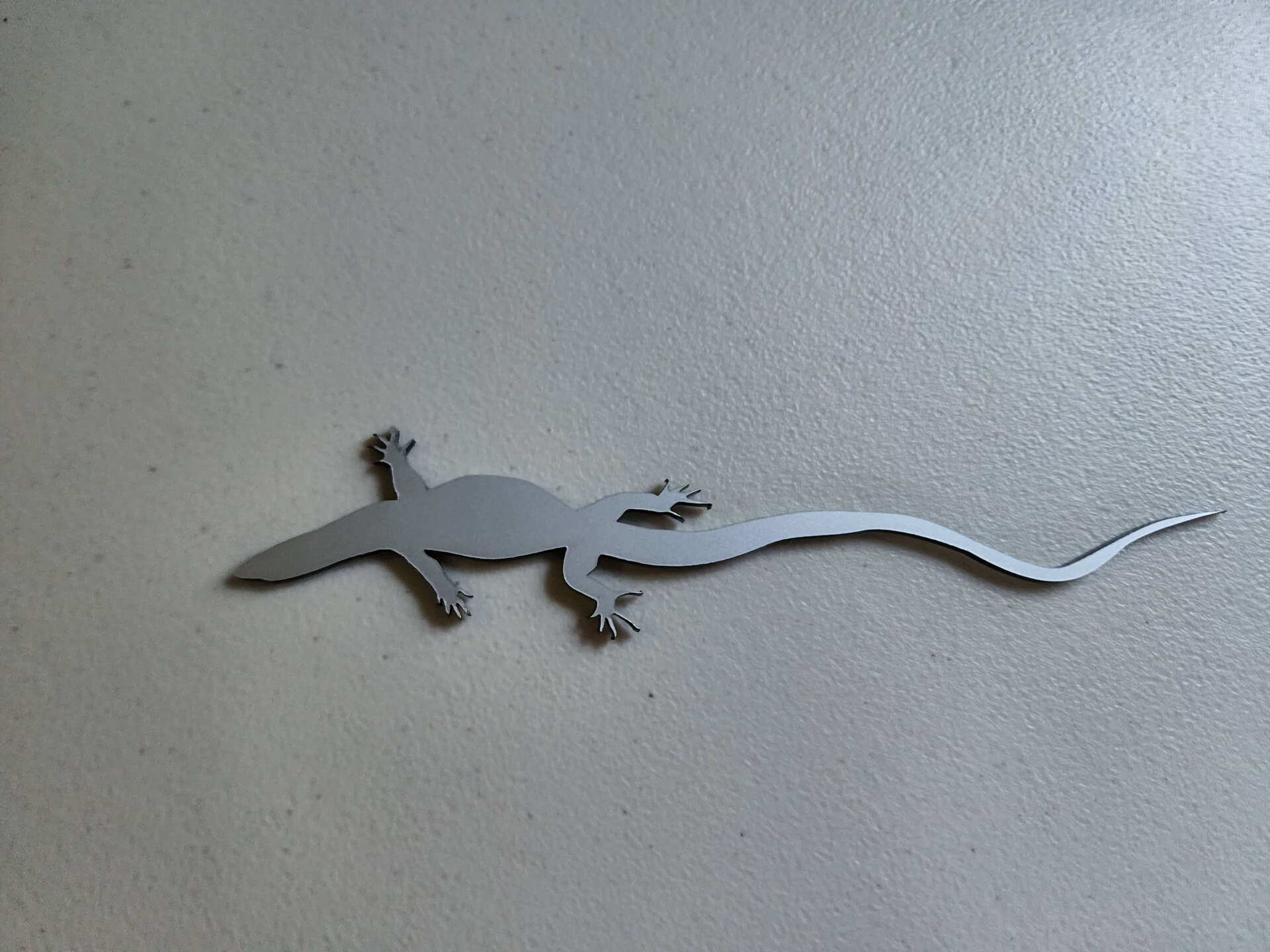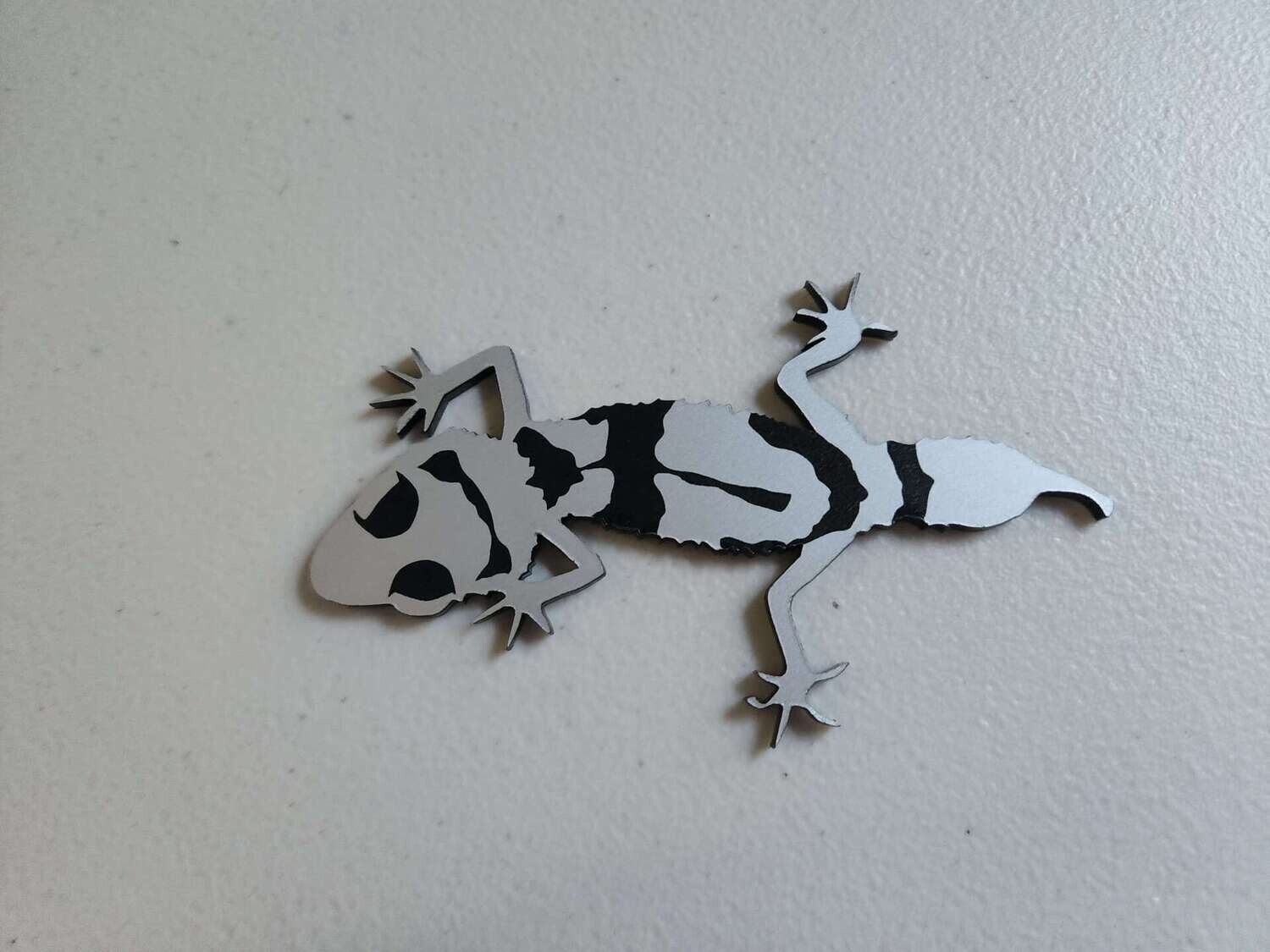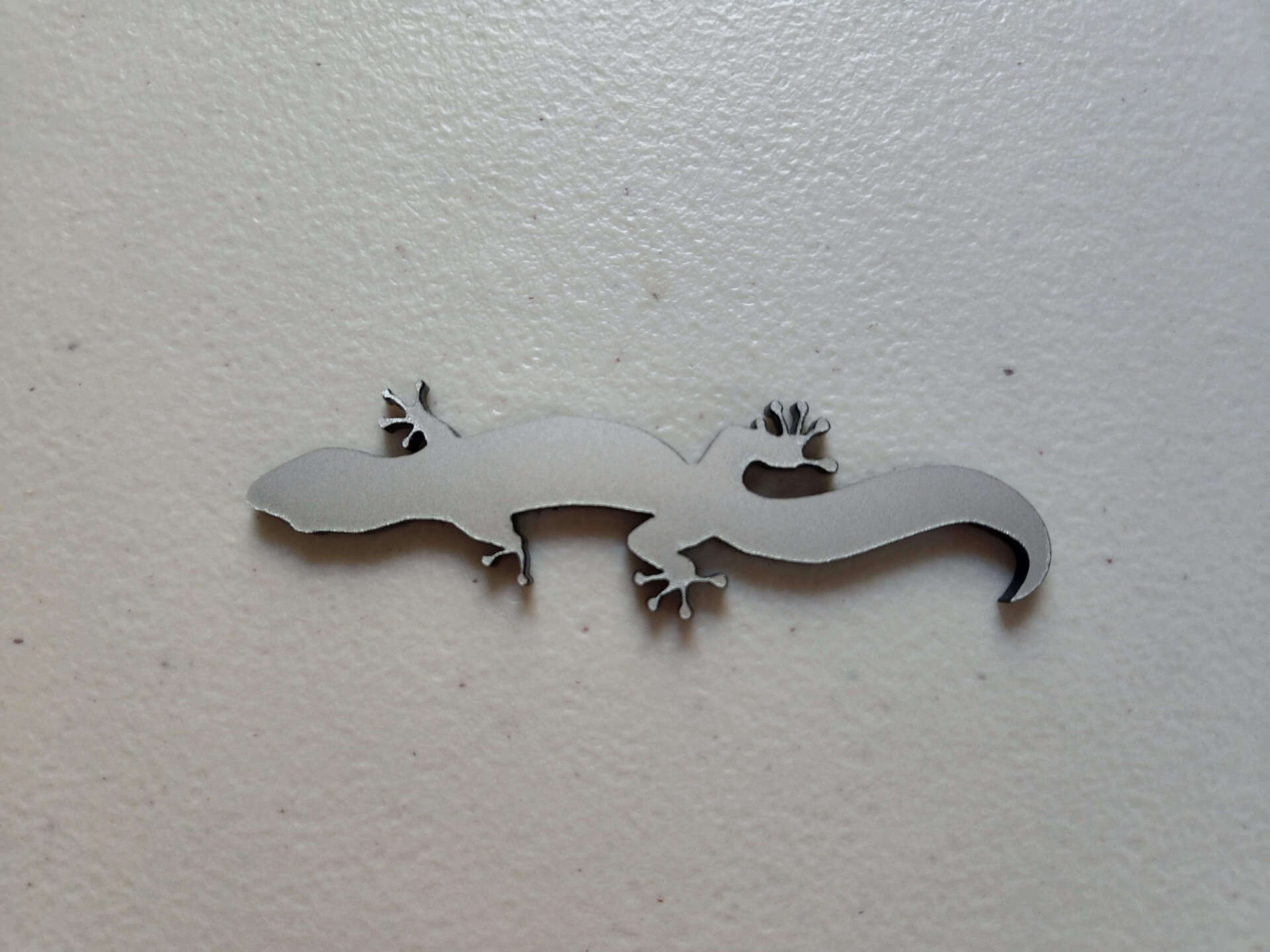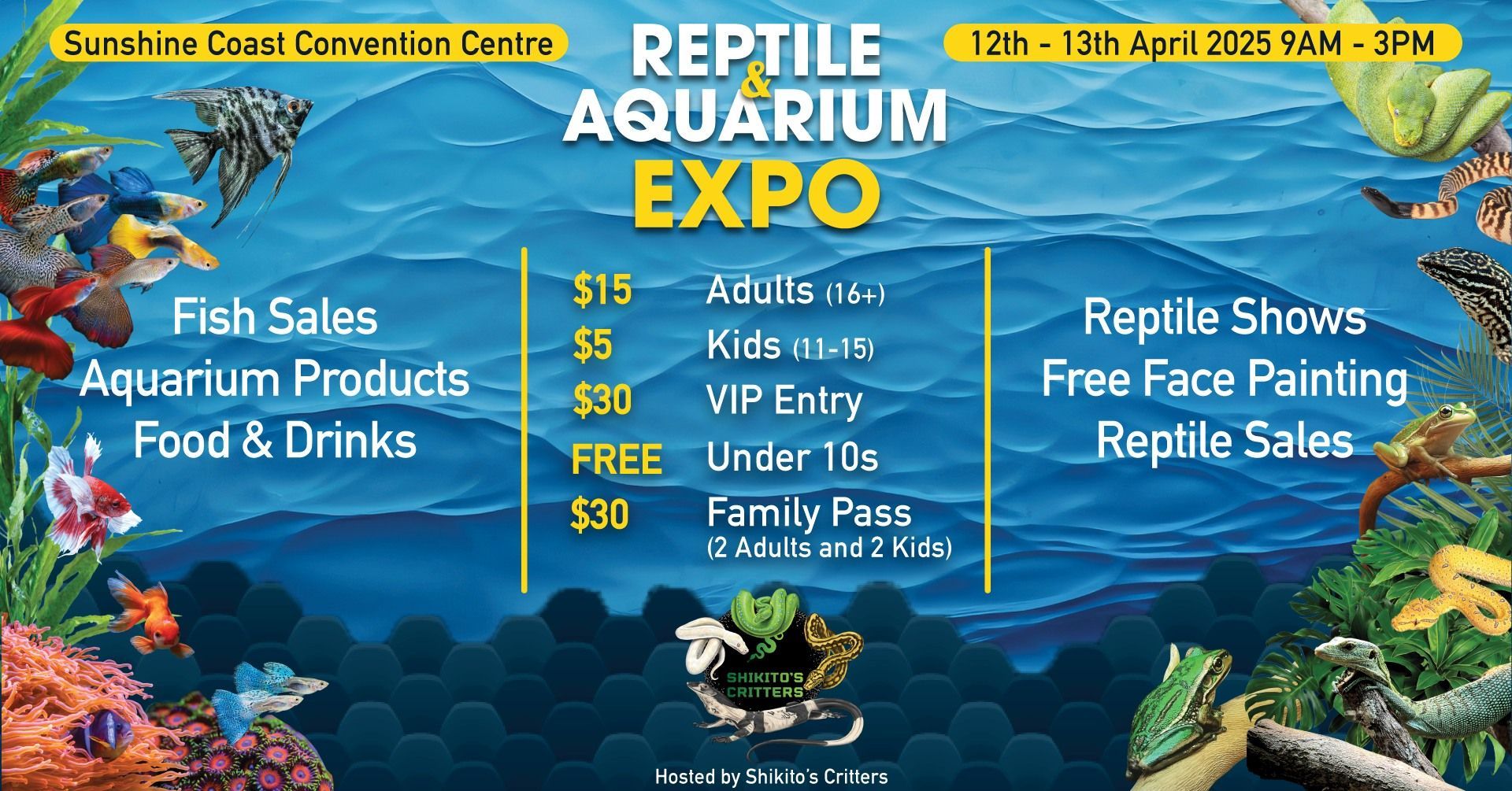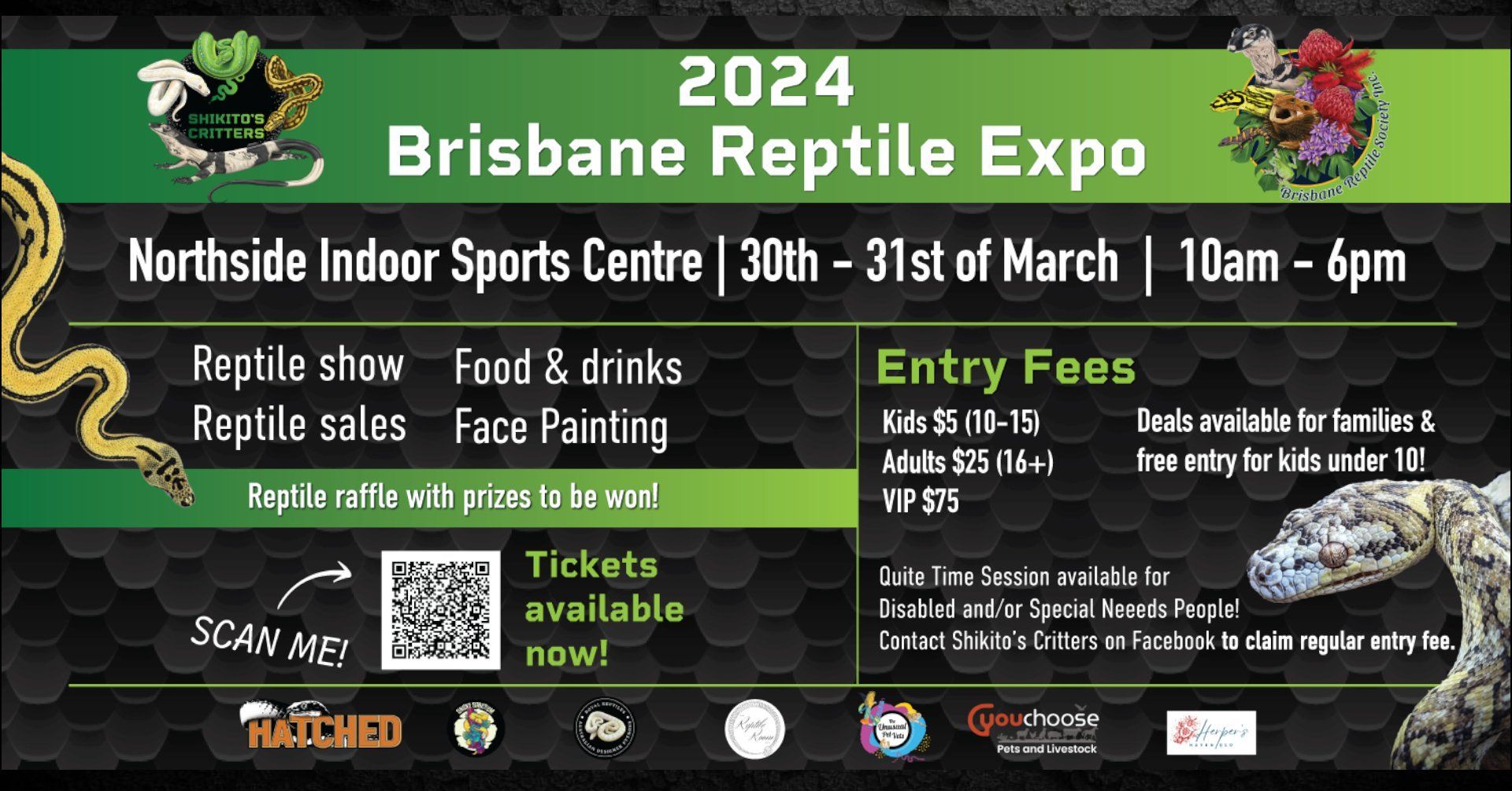What enclosure should I get for my snake?
What enclosure to get your snake is a question often asked by new python keepers - and, in short - there isn’t one single answer to it. In Australia, we are able to keep a variety of types of python which occur naturally in the wild, in a wide assortment of habitat types.
This means they have adapted to their environments, and thus, we should try to somewhat mimic their environment in captivity (note: I know full well we can never give them the space and enrichment that they would encounter in the wild, within captivity).
The other thing that should influence your decision is the size of the snake you’re getting.
If they’re a hatchling, they are typically viewed as prey to other animals in the wild and often don’t like large wide spaces. Therefore, we typically recommend a temporary smaller enclosure until they grow, such as a 5-7L tub for Antaresia or 7-10L or so tubs for Morelia and Aspidites.
Below, I will go into some reasoning and my own personal recommendations for housing adult snakes, keeping in mind that for adults, bigger is generally better!
Please note, I won’t go into detail regarding the Liasis genus, as I don’t personally have experience with keeping them.

>Enclosure size for adult snakes
Personally, I am not a fan of housing adult snakes in tubs.
I’d prefer to give them more enrichment in a larger enclosure.
These forms of enrichment include being able to see out of the enclosure, perches and other furnishings. This allows me to vary things in their enclosure to get different scents etc.
>Enclosure material
Some other recommendations for choosing an enclosure are to
try and stick to timber (/melamine) enclosures
as they retain heat better,
avoid anything sticky like tape within the enclosure as it can cause serious injuries, and
avoid enclosures with wire, as they can injure themselves rubbing against it repeatedly.
>Enclosure recommendations for Antaresia
These pythons stay quite small compared to other Australian species, and generally terrestrial in nature.
Therefore, they will utilise their available space better if the enclosure is long, rather than high. This doesn’t mean Antaresia won’t use height at all – they will climb – but generally spend the majority of their time on ‘ground level.’
Their size varies from the Pygmy pythons at about 60cm in length, up to 120cm for mature Spotted pythons, though on average Antaresia are about 90cm in length across the board.
Because of this, I prefer 90cm long enclosures, preferably 60cm deep and 60cm high to allow them ample room to move around and stretch.
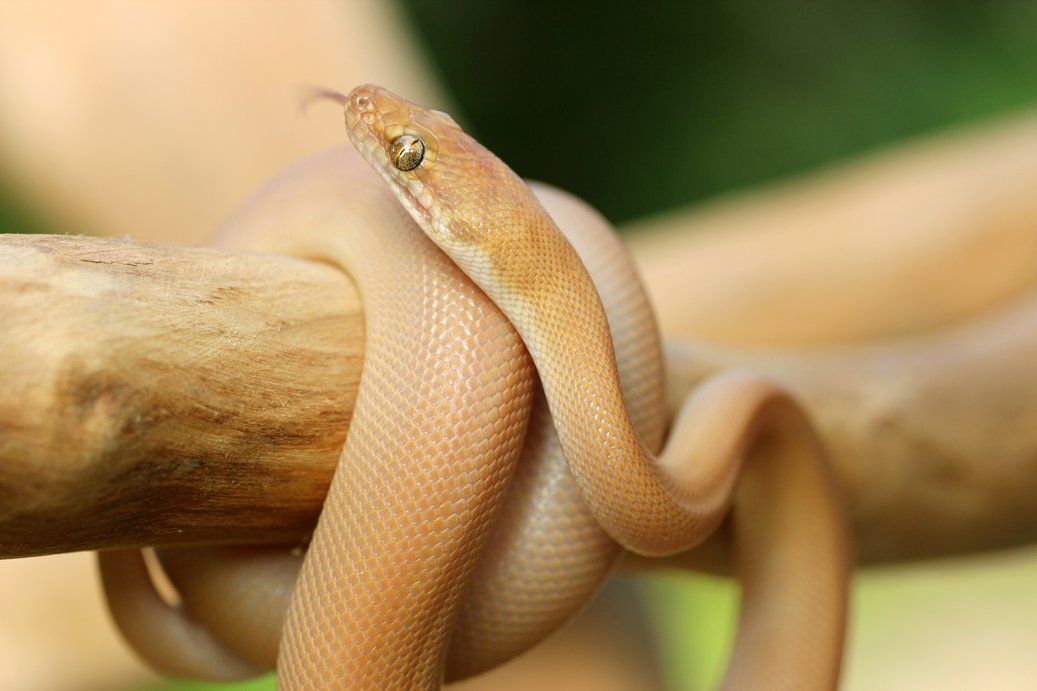
>Enclosure recommendations for Aspidites
Like Antaresia, Aspidites sp. are also predominantly terrestrial, and though they will climb, tend to be a little… how shall we say it… uncoordinated, in their attempts.
Depending on the individual, I find that for climbing, they are better with rocky type outcrops and broad branches or timber, rather than being able to wrap themselves around a narrow perch like a carpet python can.
Keeping in mind the size of these guys, they would benefit best as fully grown adults in larger enclosures, for example
180cm long x 60cm high x 60cm deep.

>Enclosure recommendations for Morelia
Finally, we have the more complex and widespread genus, Morelia.
This genus varies in size from the smaller jungle carpet pythons for example, right up to the largest which is the scrub python, which I have not personally kept in captivity.
These pythons as arboreal, which means they spend most of their time up in the trees, rather than as much time on the ground, and in the case of Green Tree Pythons, they very rarely go to the ground at all!
Generally, Morelia can be kept in
120cm long x 60cm deep x 90cm high enclosures, though larger varieties would benefit from having it 180cm in length.
